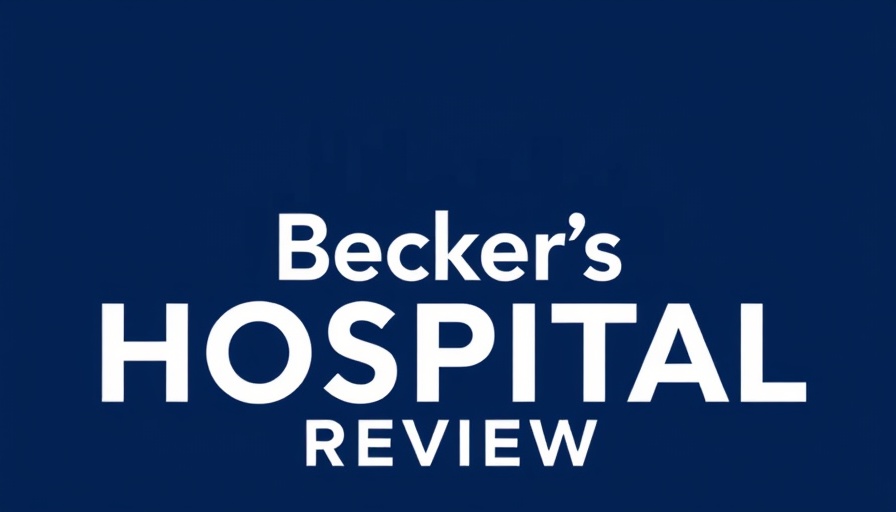
Nurses at UMC in New Orleans Strike for Patient Care and Improved Contracts
In an intensifying battle for improved working conditions, nurses at University Medical Center (UMC) in New Orleans are preparing for a third strike amid ongoing contract negotiations. The National Nurses Organizing Committee (NNOC), an affiliate of National Nurses United, represents nearly 600 nurses at the facility. This strike notice, delivered to management on April 21, signifies the determination of these healthcare professionals to secure a fair contract that prioritizes their patients.
The Context of the Strikes
This upcoming strike on May 1 follows previous walkouts in October and February, underscoring a significant tension between the nursing staff and the hospital management, part of LCMC Health with a larger workforce of 2,779. Heidi Tujague, a registered nurse, voiced the sentiments of her colleagues, explaining, "LCMC management has tried to stall our contract negotiations because they think they can wait us out. But we are in this for every patient who will benefit from knowing we will have a contract that will improve our hospital. We’re striking for our patients.”
Understanding the Hospital's Position
Amid these labor disputes, UMC released a statement reaffirming their commitment to uninterrupted, high-quality care for the community. They engaged in collective bargaining but highlighted their focus on maintaining operational functionality throughout this challenging period. “Our priority is, and always will be, providing reliable care to our patients and their families,” the statement read. This situation reflects a broader trend seen in healthcare facilities nationwide, where union workers fight for better pay and working conditions against corporate structures that often prioritize financial considerations over employee and patient welfare.
The Importance of Labor Rights in Healthcare
The nurses' strikes at UMC can be seen as part of a broader movement for labor rights in the healthcare industry. Strikes like these shed light on the critical need for workforce equity, favorable employee health benefits, and better working conditions in an environment where burnout and staffing shortages have become endemic. With an increasing focus on sustainable practices in healthcare, the outcomes of this strike could have implications beyond New Orleans, inspiring similar actions across the nation.
Community Impact and Patient Care
The impact of these strikes goes beyond the nurses and the hospital. A successful push for a better contract can lead to enhanced patient engagement and improved healthcare delivery. Nurses often stand as the frontline of care; their well-being directly influences patient outcomes. Hence, the struggle for fair labor practices is, at its core, a struggle for enhanced patient care and community health.
Strategies for Nurses Navigating Workplace Challenges
For nurses and healthcare professionals facing similar challenges, there are strategic pathways to build solidarity and advocate for their rights. Establishing strong communication channels among staff, leveraging employee health benefits effectively, and utilizing resources from unions for support can empower nurses in their advocacy work. Additionally, healthcare organizations should embrace the idea of healthcare automation as a tool to improve administrative efficiency, allowing nurses to focus more on patient care rather than paperwork.
Future Predictions for Nurse Advocacy
The situation at UMC may serve as a bellwether for the future of labor relations within healthcare. There is a growing recognition of the need for healthcare facilities to not only respect but actively support their nursing staff. A positive outcome could lead to decreased turnover rates and improved retention, which are crucial in a field where staffing shortages are already affecting patient care quality. As trends like remote therapeutic monitoring and telehealth evolve, the role of nurses will become increasingly crucial in engaging patients and optimizing health outcomes.
As the date of the strike approaches, the nursing community remains hopeful that their commitment to patient care and their resolve in negotiations will yield results that bolster both their profession and the health of the community they serve. It’s a powerful reminder that when workers unite and stand for their rights, they can draw attention to vital issues affecting not just themselves but the larger fabric of healthcare.
Take Action for Better Healthcare
The situation unfolding at the University Medical Center highlights a critical need for healthcare professionals to advocate for their rights. Whether you’re a nurse, physician, or provide other services in healthcare, consider how you can support this fight for better working conditions. Small adjustments to practice efficiency solutions, like streamlining medical office workflows and utilizing advanced technologies in patient care, can contribute to this advocacy. Together, we can expand the conversation around fair labor practices and prioritize the quality of care our patients deserve.
 Add Row
Add Row  Add
Add 




Write A Comment